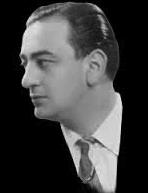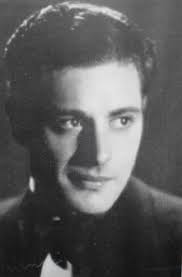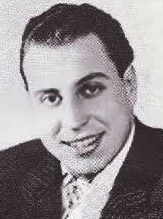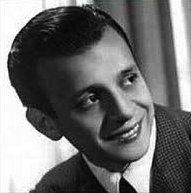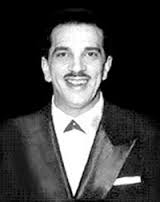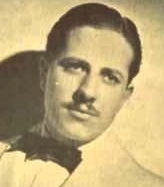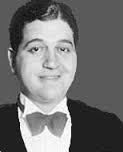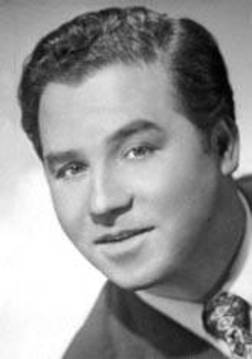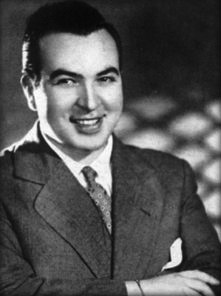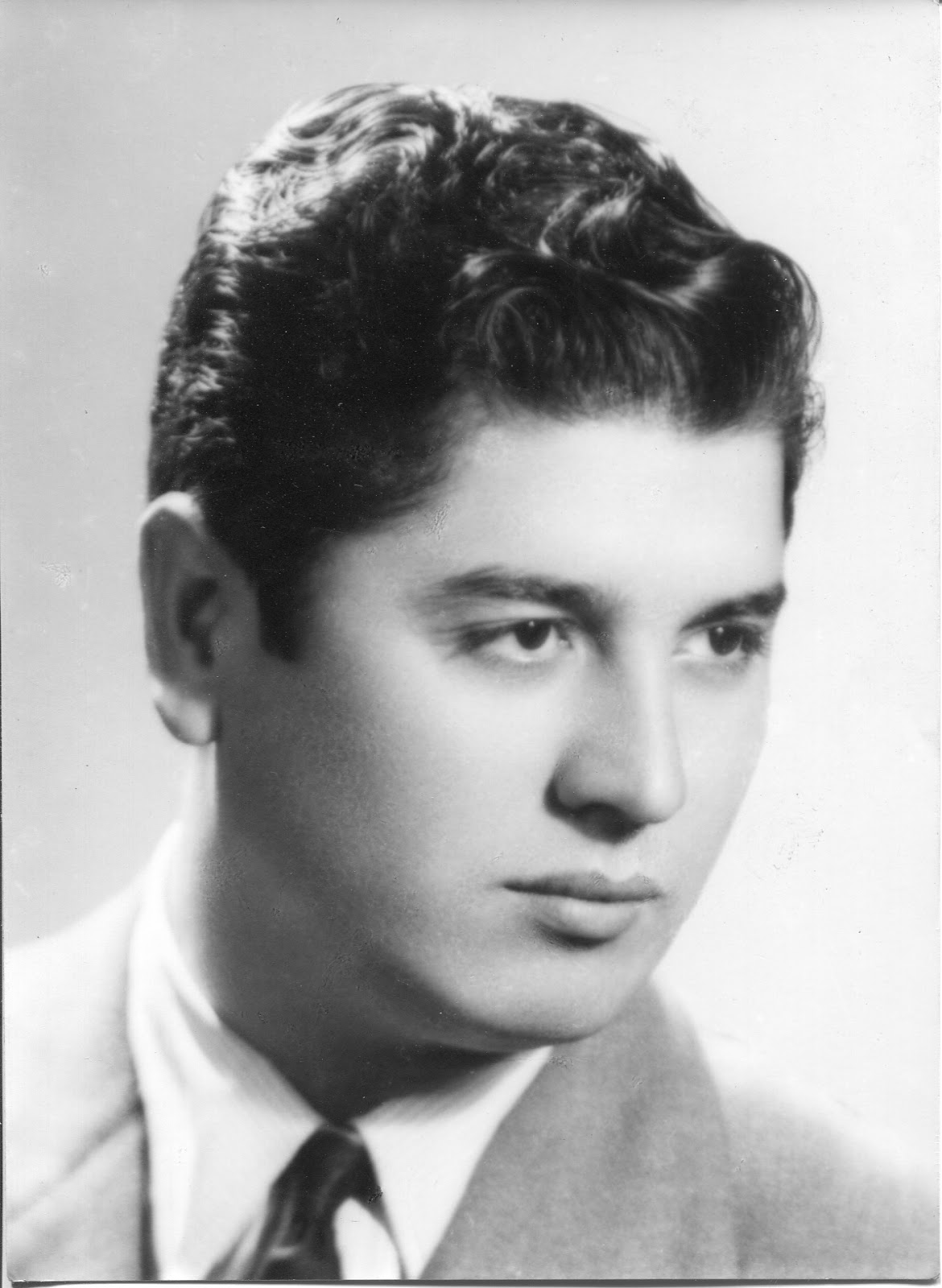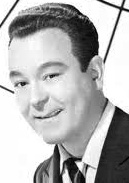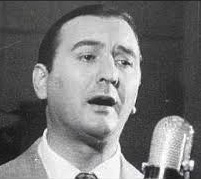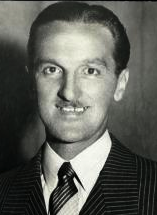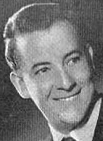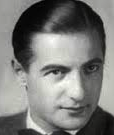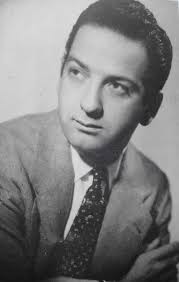For the first decades of tango development, it was an instrumental world.
There were no lyrics, no singers. People who loved to sing were going to have to fight their way in. It took a long time. The one who really kicked the door down, of course, was Carlos Gardel. His was tango's biggest "before-and-after-difference" moment. How did he manage to enter and so profoundly change the genre? One can't imagine how much he would (or not?) have changed tango if he had not been a magnetic, huge box-office film property with all that star-making machinery behind him. He was bigger than tango in the world of global popular culture - so he could drag it along with him into new realms.
Born in Toulouse, he was France's great gift of merci! back to Argentina for bringing tango to France in the first place.
What gave aspiring singing stars the power to upend the system? Blame it on Enrico Caruso (I'll get to that). Blame it on wonderful Italian musical heritage in the young sons of Argentina.
Take those sons of Italian immigrants to Argentina/Uruguay away from tango and you don't have tango any more - no matter what the vital influence of all the other cultures is to the mix. Just look at the names of the composers, authors, band leaders and musicians ... 80% or more of them are of Italian origin. And all of their mothers were in love with Caruso. He was the biggest star in the world before Chaplin and Pickford stormed in with film acting. But by then, Enrico had already been at the top for 20 years. (In terms of star power and record sales, you have to wait until a decade after Enrico's death for another singer, Bing Crosby in 1931, to become as popular on the world stage).
My hypothesis is that the sons of Italian immigrants creating this new kind of music wanted tango to aspire to the level Italian opera had achieved. Albeit only in 3 minute songs. I believe this is why a standard tango will go for a big change at the 3/4 mark, exposing different emotions before returning to the main theme. Only tango does this in popular music as a customary format. And therein lies the tango genius. They had the great melodic themes and great musicians burning with ideas - what more do you need to try? I've never heard anybody say this, but it seems obvious to me.

Even people who don't like opera know it takes the highest skill levels to perform it. And this brings me to the tango singers and my plea to listen to them in a new way, if you don't like them much. If you love the orquesta, the singer is there on the recording because he's technically every bit as good as the phenomenal musicians. No slouches could possibly be tolerated. And with the singer, you get the poetry.
If you know anything about singing, you know that singing a tango calls for unbridled passion wrapped in perfect control and execution skills. You can't fake it or just get by like you can in other kinds of music. It is operatic in its demands.
Tango started out with simple musical themes borrowed from many cultures. The Italian sons, the Turks, Spanish, Irish, Cubans, the Yeruba dockworkers from Nigeria (whose god of thumder was called Shango), and others got to work and made the themes more expressive and grand and rhythmic (while still felicitously concise).
Now we must (I say, humbly!) consider the Caruso influence.
Enrique Caruso (1873 - 1921) was the first global pop (and recording) star. (It didn't hurt that he was a client of American Edward Bernays in New York - the father of public relations marketing). Only royalty had been so well-known internationally before Caruso.
All the young singers in Argentina wanted to be him. What he represented was in their blood. And that's what it took to sing tango. Before there was Gardel, there was Caruso.
If the door was going to open for singers, they would have to be accompanied by the power beind the insistent singers: the poets. They wanted to express grand (or every-day) themes in tango as well. They fuelled the trend with words and imagery that made it all work, more and more as time went by.
Because having a singer was so new and radical, the arrangers, always with dancers in mind, developed a felicitous format to accomodate words: run through the entire song once, then sing just one verse ("estribillos") and that's it. Everyone (except the poets) happy.
In the early days of transition, into the 30s, singers were often not considered part of the orquesta. A leader like Di Sarli would occassionally call for a gig or recording, but it was spot work only.
Canaro and Donato were the first to make singers integral and regular. Interesting that they were also the only leaders who aggressively featured women vocalists. From then till now. Apparently they thought the porteño/porteña anti-female singer prejudice was absurd. My kind of guys. All their records featuring women are terrific and even today a breath of fresh air.
Of course, there was the tragic twist to the Canaro adventure with the wonderful singer Ada Falcón which forever tugs at the heart. They were in love. Canaro wouldn't divorce his wife. Ada fled to a convent and there lived out the rest of her life. Everybody was caught in a trap of the times. As it ever was and shall be in affairs of the heart.
The new de rigeur format incorporating vocals was a complete success and remained so until the military screwed everything up in the 50's. It turned out (unintentionally) that one of the best ways to kill tango was to let the singers take over the arrangements. This was the direct result of the closing of all the dance halls, taking all the good orquestas off records and radio, etc.
In miserable economic and emotional times, the only place for live music was in cafes and bistros - and owners hired singers to organize a little music. Now boss, immediately they changed the format. "Play a four bar intro, then I'll come in." But the music wasn't for dancing anymore, just listening. Now all those guys who wanted to be Gardel really poured on the "aren't I fantastic?" lugubriousness. Non-dancers and poets and singers were impressed.
Over the years I've been part of so many conversations with students about how much they hate the singers. Of course it reminds me of myself when I first started learning tango. I too didn't want to hear them - went out of my way to collect as much instrumental tango as I could find. Part of this made sense - my teacher liked to play only instrumentals for beginners, for obvious reasons. A month after I started learning, I was already making compilations for her to play in class. (They must have been pretty good - she was a porteña professional tango dancer of note who actually married me). It wasn't any different than making radio playlists, which I had been doing since I was 13.
But the only way to become a good tango dancer is to love the great hits and listen to them a LOT. And there they are all over the place as soon as you graduate to habituating milongas: singers! So either you adjust your preferences or ... you don't stick to tango.
When I found myself on the other side of the argument, I developed a way of getting new folks to have a different attitude about them; I always talk about how YOUNG the singers were when they recorded their hits. I play them Caló's wonderful, wonderful songs and say, hear that singer? He was 16 years old when this recording was made! Listen to the control, the skill, the emotion! Both Podestá and Berón were that age on their big hits; Rufino was 16 when he joined di Sarli. You're not listening to some old man crying about losing at the races again - that's a kid expressing the longings of every teenager the world has ever known! (And what we don't know is that they are secretly want ing to be Gardel, who secretly wanted to be ... you know).
Shall we go on an exciting trip? Caruso and Gardel gonna wow us.
In 1916 Roberto Firpo changed the tango world when he brought the piano in for the first time (no, really) AND released the first-ever recording of La Cumparsita Tango's most famous song is launched into the ages.
Also in 1916, The Great Caruso released "O Solo Mio." A little Italian opera/habanera to warm the heart. One of the biggest hits ever, recorded for the seminal Montreal record company (first in the world) which Caruso had been with for 15 years already and which soon was to be re-named RCA Victor.
And now Carlos, hair slicked back like Enrico, of course, thrills with a passionate rendering of the compelling "Silencio" (with female singers). In this comparison of the two, one hears clearly how Gardel shot to international superstardom in such a short time. Absolutely dynamite performer.
And in Argentina, all young budding singers immediately forgot about their mother's great heart-throb, Caruso. I want to be GARDEL!
This is all just me talking ... but, what? Truth can come from the most unusual places. And I AM in Montreál only 10 minutes from where the recording industry was born!
Of course Gardel danced tango and he played guitar. Typically, he would appear as 3 guitarists. When there was a big budget, with an orquesta. Canaro every time he could. I've always loved his version of La Cumparsita.
When I first encountered tango, I listened to this over and over for something was speaking to me; tango inviting me in - even though I wanted to dance and I already knew this wasn't what people danced to. It's not just a song; not just a singer. A call ... a gift ... a challenge? Intimations of something you can't quite touch but don't worry about that; here it is, very personally addressed to you.I somehow knew that if I surrended to this opportunity Gardel and the song were offering, I COULD go out and dance tango, even if not my culture and not in my blood. That's it, perhaps: surrender and this is a direct injection of things you can't just go out and find. It finds to you.
Upon my first exposure to tango (a big live show) I ran out next day to buy music. All the store had was a cassette by some guy called Gardel and a CD by some guy called Piazzolla, Tango: Zero Hour / Nuevo Tango: Hora Zero. I bought them and loved them. Neither is tango tango, but they are the perfect historical bookends to the golden dance music era. It was years before I learned the story of their close relationship in 1920s New York.

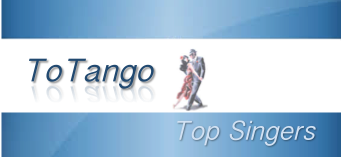
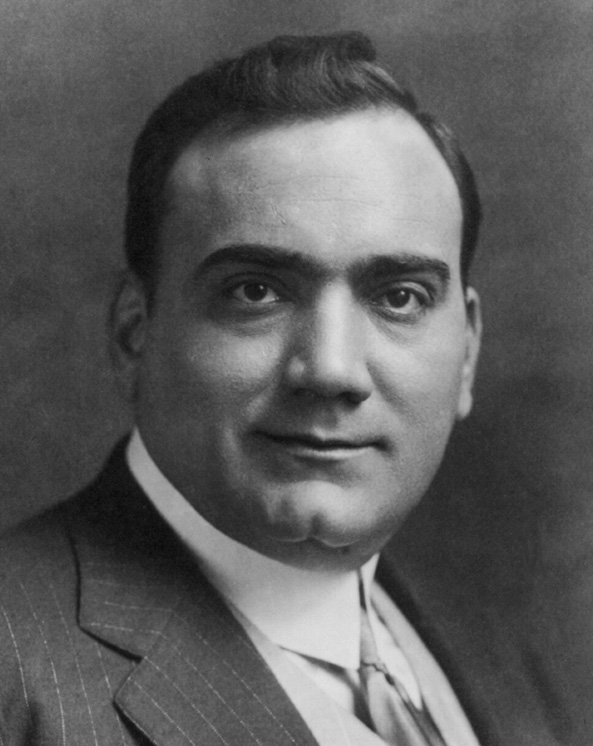
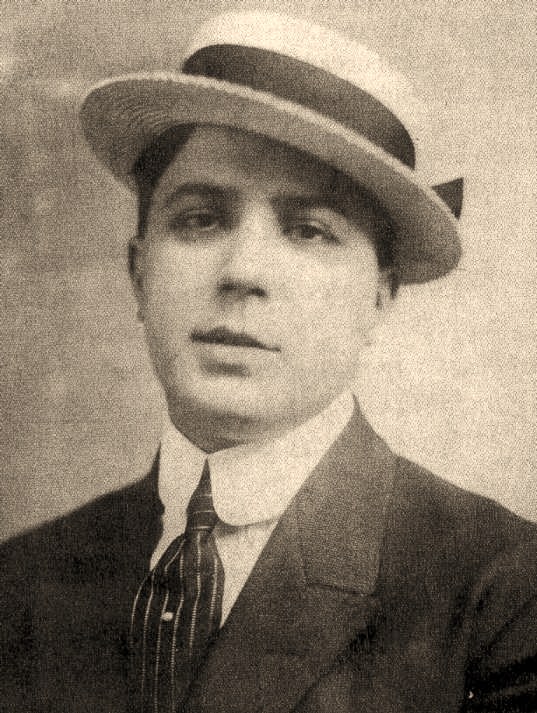
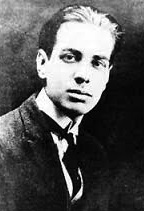 Alberto Gomez
(OTV, Maglio, more)
Alberto Gomez
(OTV, Maglio, more)
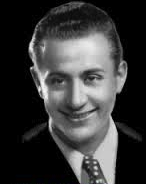
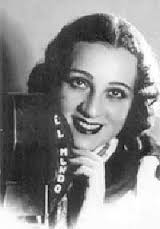
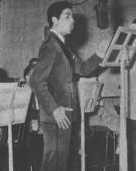
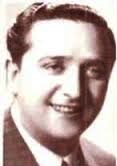
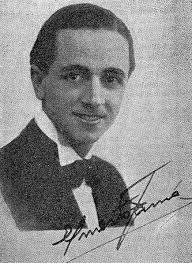
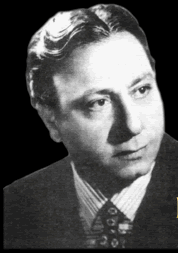 Roberto Maida
(Canaro)
Roberto Maida
(Canaro)